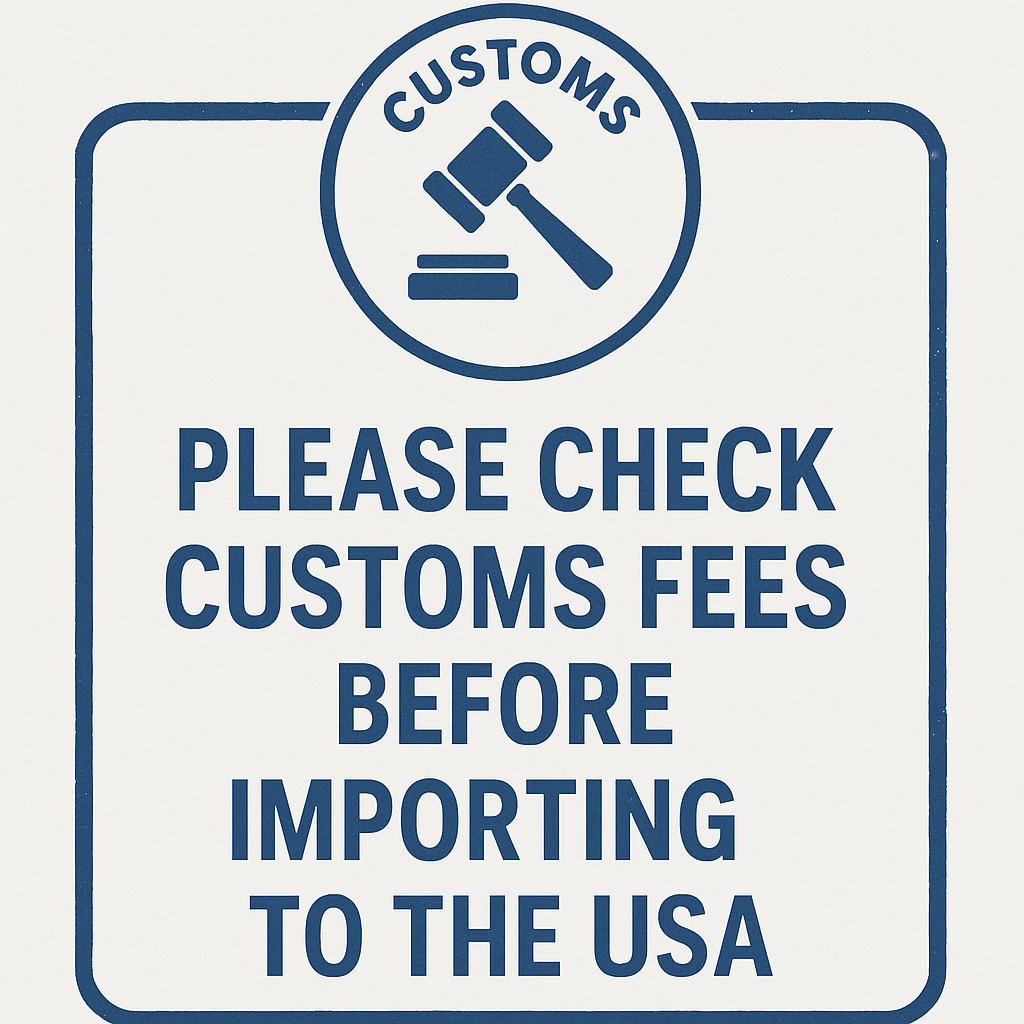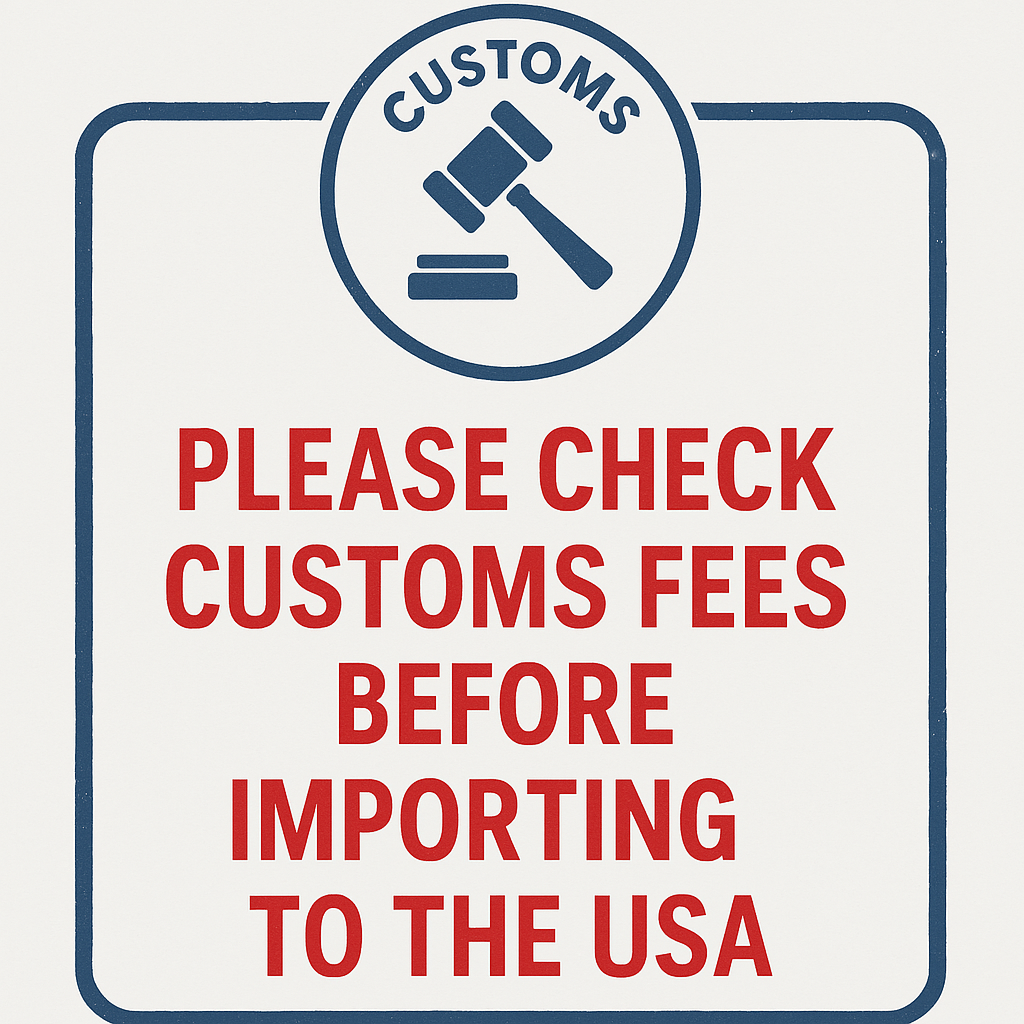Extended customs clearance times for shipments entering the United States
4/2/25

As of April 2, 2025, the United States has implemented a 25% tariff on imported automobiles, with plans to extend similar tariffs to certain automobile parts, including those from Japan.
• Effective Dates:
* Automobiles: The 25% tariff on imported passenger vehicles and light trucks took effect on April 3, 2025.The White House
* Automobile Parts: The tariff on specified automobile parts is scheduled to commence no later than May 3, 2025, with the exact date to be announced in
the Federal Register.
• Scope:
* The tariffs apply to imported passenger vehicles (sedans, SUVs, crossovers, minivans, cargo vans) and light trucks.
* Key automobile parts affected include engines, transmissions, powertrain components, and electrical systems.
• USMCA Considerations:
* Automobiles and parts that qualify for preferential treatment under the United States-Mexico-Canada Agreement (USMCA) may be eligible for tariff
adjustments based on the value of their non-U.S. content. Importers can submit documentation identifying the amount of U.S. content in each model to
potentially reduce the tariff impact.
Implications for Japanese Auto Parts:
• Japanese manufacturers and exporters of auto parts to the U.S. will be directly impacted by these tariffs, potentially leading to increased costs for U.S.
importers and consumers.
• The Japanese government is actively seeking exemptions from these tariffs, with Prime Minister Shigeru Ishiba expressing readiness to negotiate directly
with U.S. officials.
Recommendations for Importers:
1. Review Product Classifications: Ensure that all imported vehicles and parts are correctly classified under the Harmonized Tariff Schedule of the United States (HTSUS) to determine applicable duties.
2. Assess Financial Impact: Evaluate how the 25% tariff will affect cost structures and pricing strategies. Consider exploring alternative sourcing options or renegotiating supplier contracts to mitigate increased costs.
3. Stay Informed: Monitor official communications from U.S. Customs and Border Protection (CBP) and other relevant authorities for updates on trade policies and tariff adjustments.
4. Engage in Advocacy: Collaborate with industry associations and trade groups to advocate for policy considerations and potential exemptions that may benefit your business operations.
Navigating these changes requires diligence and proactive planning. Engaging with trade compliance experts or legal counsel can provide tailored guidance to ensure adherence to regulations and to develop strategies that minimize financial impact.

 Русский
Русский  As of April 2, 2025, the United States has implemented a 25% tariff on imported automobiles, with plans to extend similar tariffs to certain automobile parts, including those from Japan.
As of April 2, 2025, the United States has implemented a 25% tariff on imported automobiles, with plans to extend similar tariffs to certain automobile parts, including those from Japan. 